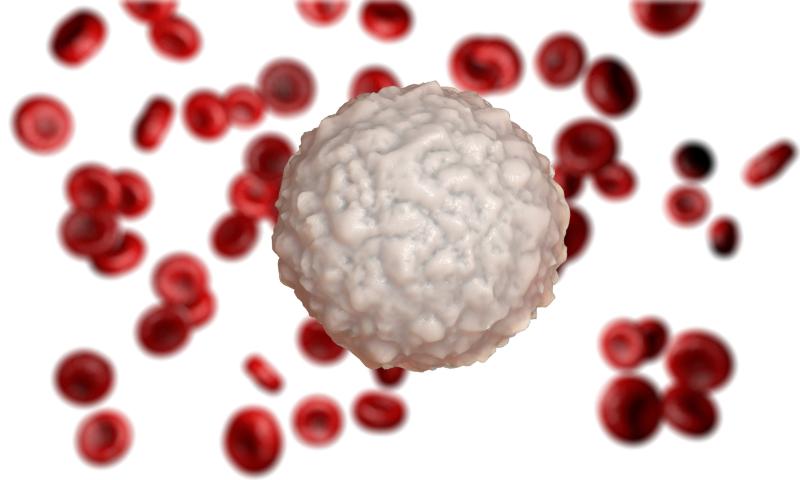
Inotuzumab ozogamicin (InO) provides a safe and effective treatment option for patients with relapsed/refractory acute lymphoblastic leukaemia (R/R ALL) with a high disease burden, a recent study has found.
Researchers performed a posthoc analysis of the INO-VATE trial and looked at the efficacy and safety of InO vs standard of care chemotherapy (SC). Disease burden was assessed according to bone marrow blast percentage (BMB) and was categorized as follows: low (BMB <50 percent), moderate (BMB 50–90 percent), and high (BMB >90 percent).
InO performed significantly better than SC across all disease burden groups. The rate of complete remission (CR) or CR with incomplete haematologic recovery was significantly higher in the InO group in the low BMB category (73.6 percent vs 45.8 percent; p=0.0022). The same was true for moderate (74.7 percent vs 26.5 percent; p<0.0001) and high (70.0 percent vs 16.7 percent; p<0.0001) BMB.
Overall survival was likewise improved after InO treatment in the low (hazard ratio, 0.64, 97.5 percent confidence interval [CI], 0.39–1.07; p=0.026), moderate (HR, 0.81, 97.5 percent CI, 0.54–1.20; p=0.1109), and high (HR, 0.60, 97.5 percent CI, 0.32–1.13; p=0.0335) BMB categories. This effect was of borderline significance.
In comparison, InO significantly improved progression-free survival as compared with SC across all disease burden categories.
InO treatment was also relatively safe. Dose reductions and discontinuations due to treatment-emergent adverse events (TEAEs) occurred at a similar rate between the InO and SC arms. In the InO arm, the incidence of grade 5 TEAEs declined with increasing disease burden, while in the SC arm, the relationship between grade 5 TEAEs and disease burden was direct.